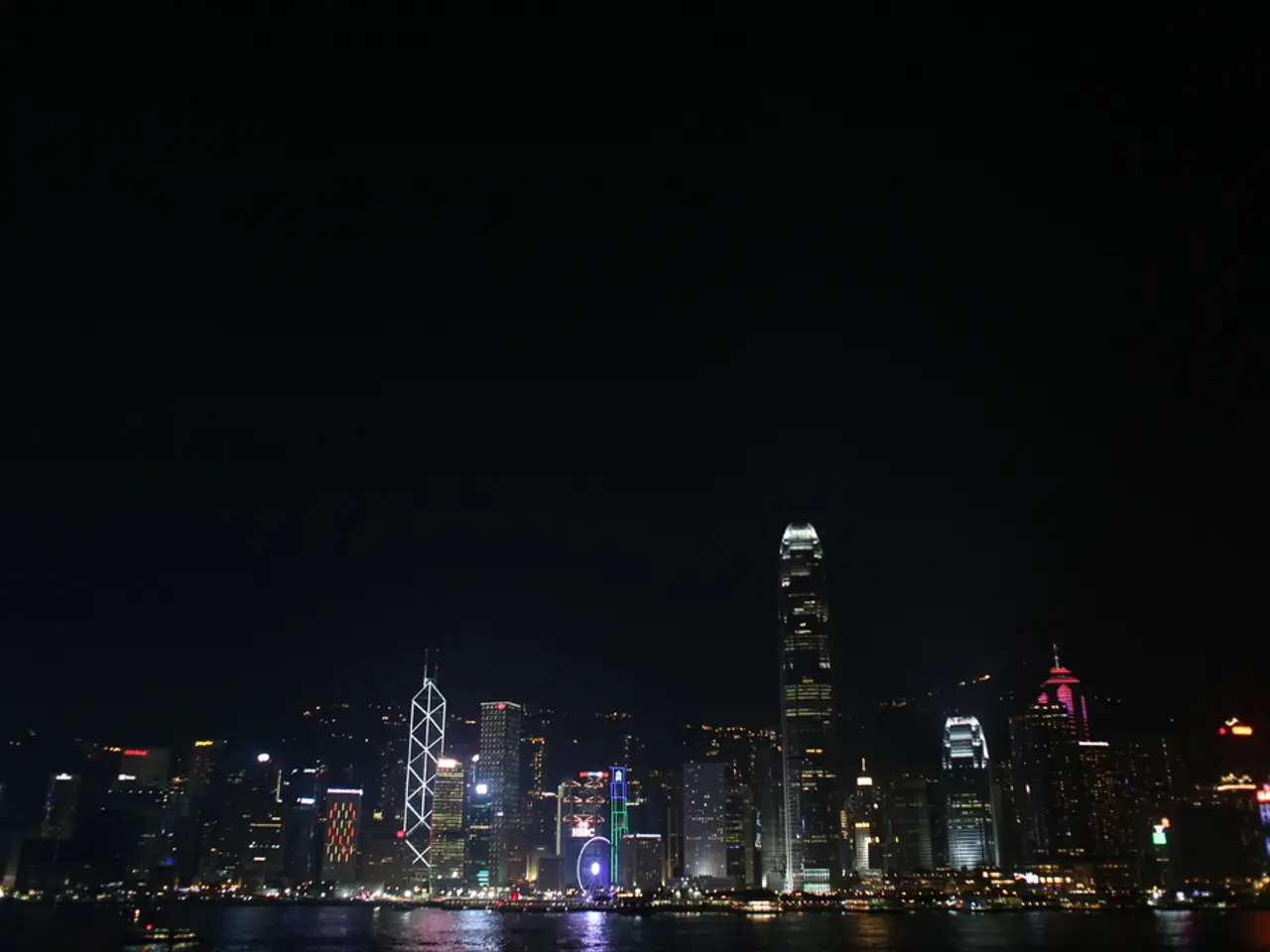Secret Advantage of Snoot Technique in Depth-of-Field Photography
Mastering Bokeh Effects in Underwater Photography with a Snoot
Underwater photography enthusiasts can significantly enhance the look and feel of their images by carefully selecting the right f-stop, according to recent tests. This article explores how to achieve striking bokeh effects while using a snoot for underwater photography, specifically with a Sony A7S III, ReefNet fiber optic snoot, and Sigma 105mm macro lens.
To create captivating bokeh effects, focus on creating a shallow depth of field and controlling light precisely. Here are some key steps and considerations:
- Open your aperture wide (use a low f-number): By narrowing the depth of field, your subject will remain in sharp focus while the background will blur, creating the classic bokeh effect common in macro photography.
- Use the Sigma 105mm macro lens at close focusing distances: This lens is ideal for shallow depth of field and pronounced background blur at macro distances.
- Employ the ReefNet fiber optic snoot to direct light narrowly: The snoot channels strobes into a tight beam, highlighting the subject without illuminating the background, enhancing background blur and minimizing backscatter.
- Choose backgrounds that enhance bokeh: Shooting over light or white sandy backgrounds produces smoother, more appealing bokeh.
- Adjust ISO and shutter speed suitably with aperture: The Sony A7S III offers excellent low-light performance, so you can keep ISO moderate to reduce noise, use wider apertures, and control shutter speed to prevent motion blur while still achieving slight background blur.
- Consider focusing carefully: Use manual or focus peaking options on the A7S III for precise focus on the small subject to maximize separation from background blur.
- Depth variations: At closer distances, depth of field becomes very narrow, enhancing bokeh. When shooting subjects at slightly greater distances, a wider aperture and snoot lighting help maintain background blur despite deeper focus zones.
By combining the wide aperture setting of your Sigma 105mm macro lens, the tight, directional light of the ReefNet snoot, and the manual focus control and low-light ISO performance of the Sony A7S III, you can achieve well-defined bokeh underwater across varying depths of field. Using light background environments and slightly overexposing can further smooth the bokeh appearance.
The test involved shooting an anemone with the specified equipment and varying the f-stop to observe the depth of field and bokeh effect. All test photos were taken at 1/160 sec and ISO 200, with the f-stop for each test photo written under the corresponding image. This effect is easier to achieve with a full-frame camera due to the shallower depth of field produced by full-frame sensors.
Experimenting with different f-stops can lead to unexpected and creative results in underwater photography. Shooting at a low f-stop (e.g., f/2.8) can create a mysterious and artsy look, while a high f-stop (e.g., f/20) can result in a striking, detailed image. Using a snoot in underwater photography allows for more bokeh (blurred area) in images without compromising the dark background, as it no longer requires a high f-stop at a high shutter speed.
Traditionally, black backgrounds are achieved in underwater photography by shooting with strobes at a high shutter speed and small aperture, resulting in a deep depth of field. However, the use of a snoot can subtly affect the composition of an image, offering a unique and captivating alternative to traditional techniques.
The test conducted using the Sony A7S III, a Sigma 105mm macro lens, and a ReefNet fiber optic snoot demonstrated the influence of f-stop on image composition and bokeh effect. The f-stop chosen can influence the amount of bokeh (blurred area) in the image. The test results suggest that choosing the right f-stop can significantly impact the look and feel of underwater photography images taken with a snoot.
Read also:
- Quantum Computing Market in the Automotive Sector Forecast to Expand to $6,462.13 Million by 2034
- Condolences offered by Cuba for earthquake tragedy in Turkey
- Enhancing the Structural Integrity
- Apple faces possible legal action from Elon Musk due to the alleged manipulation of his AI app's ranking within the App Store.




